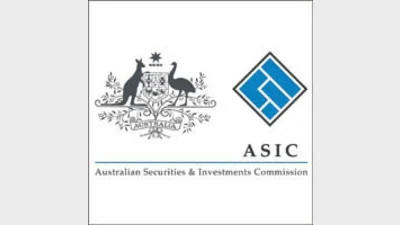Structured products disclosure under scrutiny



The Australian Securities and Investments Commission (ASIC) has updated its disclosure guidance for capital protected products and retail structured or derivative products marketed to retail investors.
The report is a result of a program started by ASIC in January 2009 and has involved the review of 64 Product Disclosure Statements for adequacy of disclosure.
In its review, ASIC focused on capital protected products as it believed investors might be attracted to these investments due to a perception of capital safety without fully comprehending the inherent risks. It also examined structured and derivative products marketed to retail investors where associated risks and costs might not be anticipated or understood.
Following the review, ASIC has made recommendations that issuers of these products should make more effective disclosure to prospective investors by clearly explaining counterparty risk and by including supporting financial information to ensure retail investors can assess the issuer’s financial ability to meet its counterparty obligations.
Further recommendations saw issuers of capital protected products urged to ensure disclosure is sufficient so that investors can assess the likelihood of early termination or any other significant limitations of these products. It also stressed issuers provide better disclosure costs that may apply should an investor seek to terminate or redeem a product before its maturity date.
Recommended for you
Unregistered managed investment scheme operator Chris Marco has been sentenced after being found guilty of 43 fraud charges, receiving the highest sentence imposed by an Australian court regarding an ASIC criminal investigation.
ASIC has cancelled the AFSL of Sydney-based Arrumar Private after it failed to comply with the conditions of its licence.
Two investment advisory research houses have announced a merger to form a combined entity under the name Delta Portfolios.
The top five licensees are demonstrating a “strong recovery” from losses in the first half of the year, and the gap is narrowing between their respective adviser numbers.











